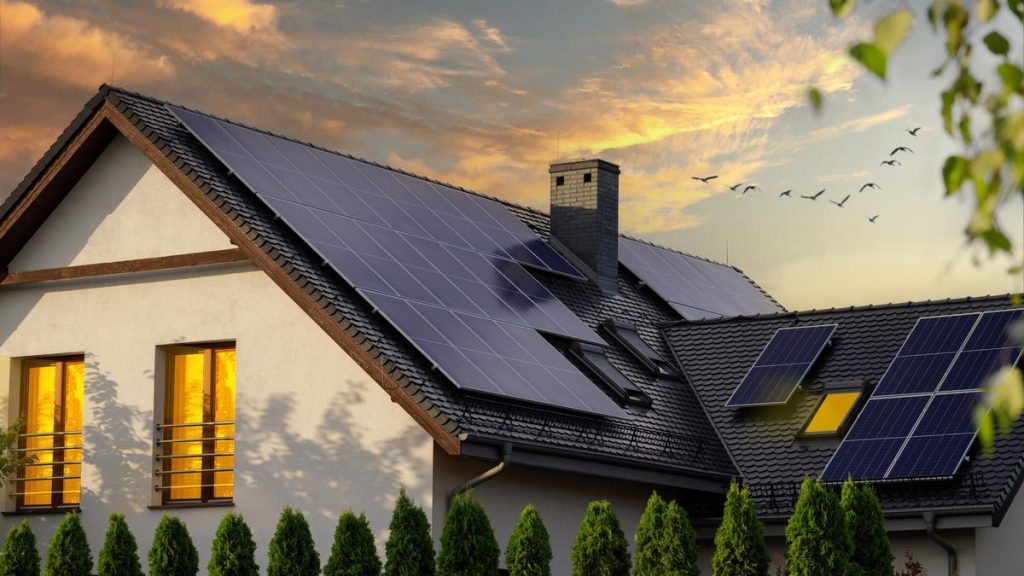The US has reached a record number of solar installations, with over 5 million installations as of now and a projected 10 million by 2030 and 15 million by 2034. This milestone is seen as a positive development in preventing energy shortages and power outages, especially as some parts of the country face an elevated risk this summer. Solar energy is becoming a dominant source of electricity on the grid, contributing to cleaner air and healthier communities. The Department of Energy highlights the benefits of using solar power, including lower electricity costs, increased grid resilience, and reduced carbon emissions, which are essential in the fight against climate change.
The North American Electric Reliability Corporation has issued a summer reliability assessment warning of potential supply shortfalls in some areas of the country, while others have lower risk due to the addition of clean energy resources. The assessment cites expected wide-area heat events that could impact generation, wind output, or transmission systems, coupled with demand growth in certain areas, as contributing factors to adequacy risks for resources and transmission. Despite this, all areas are deemed to have adequate supply for normal peak load, largely due to the addition of a record 25 gigawatts of solar capacity since last year. However, energy risks are increasing in areas where solar, wind, and hydro output are low.
Consumers looking to make the switch to solar energy have an expanding array of options available, thanks to advancements in home energy technology. Innovations seen at events like the Consumer Electronics Show include stained glass solar panels, portable whole-home backup batteries, power stations with swappable batteries, and a popup tent with built-in solar panels. There are also emerging technologies like solar windows on the horizon, which could revolutionize the way homes are powered. These developments offer consumers more choices and flexibility in how they generate and store energy.
The increasing popularity of solar energy is attributed to its cost-effectiveness, efficiency, and environmental benefits. Solar power has the potential to lower electricity costs for homeowners, making it an attractive option for those looking to save money on their energy bills. Additionally, the use of solar power helps to make the electrical grid more resilient, reducing the risk of power outages and disruptions. By harnessing renewable energy sources like solar power, communities can reduce their carbon footprint and contribute to the global effort to combat climate change.
As solar installations continue to grow in number and capacity, the US is moving toward a more sustainable energy future. With initiatives like the SEIA’s goal of 15% of US homes having solar installations by 2030, the country is making significant progress in transitioning to cleaner, greener energy sources. The expansion of solar energy also has the potential to create jobs, stimulate economic growth, and improve air quality, providing a range of benefits for both individuals and communities. By investing in solar energy infrastructure and technologies, the US is laying the groundwork for a more sustainable and resilient energy system for the future.


